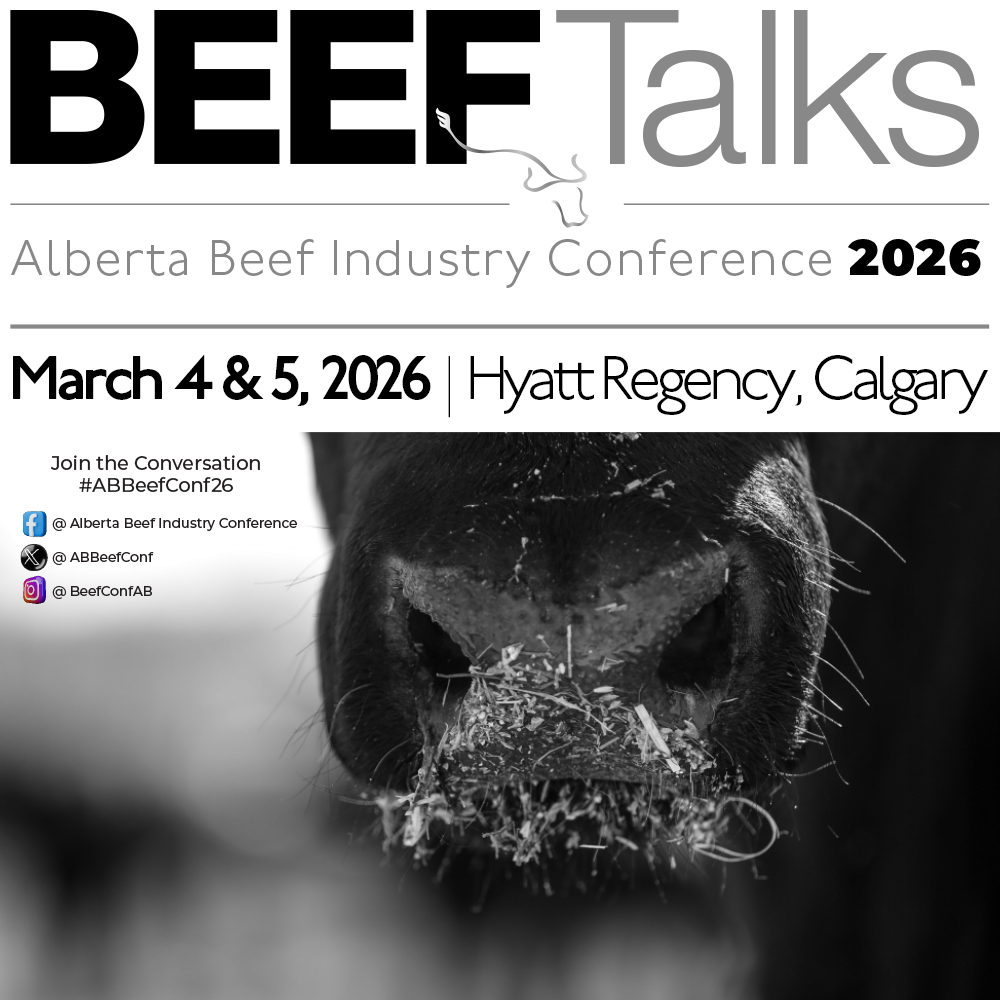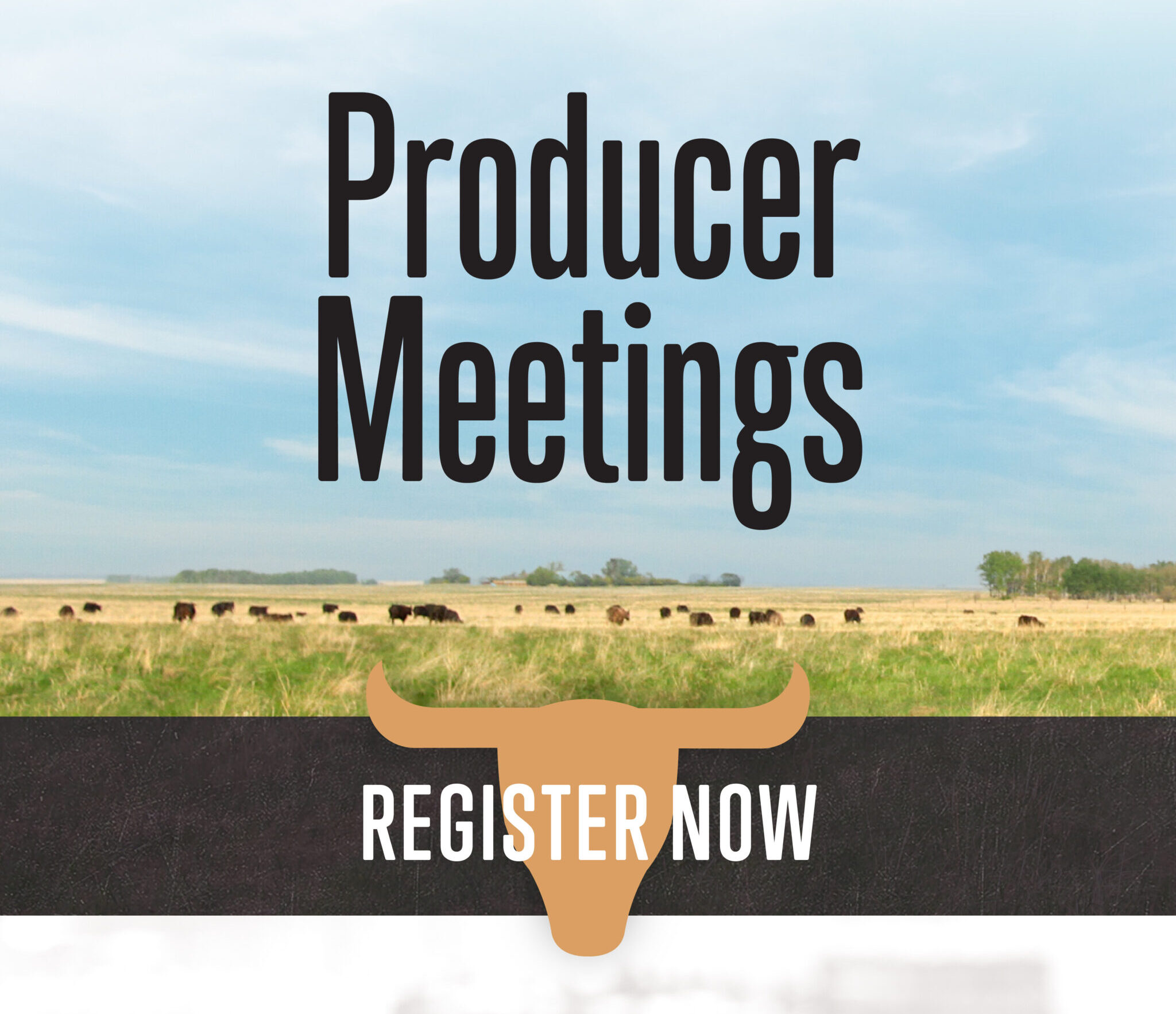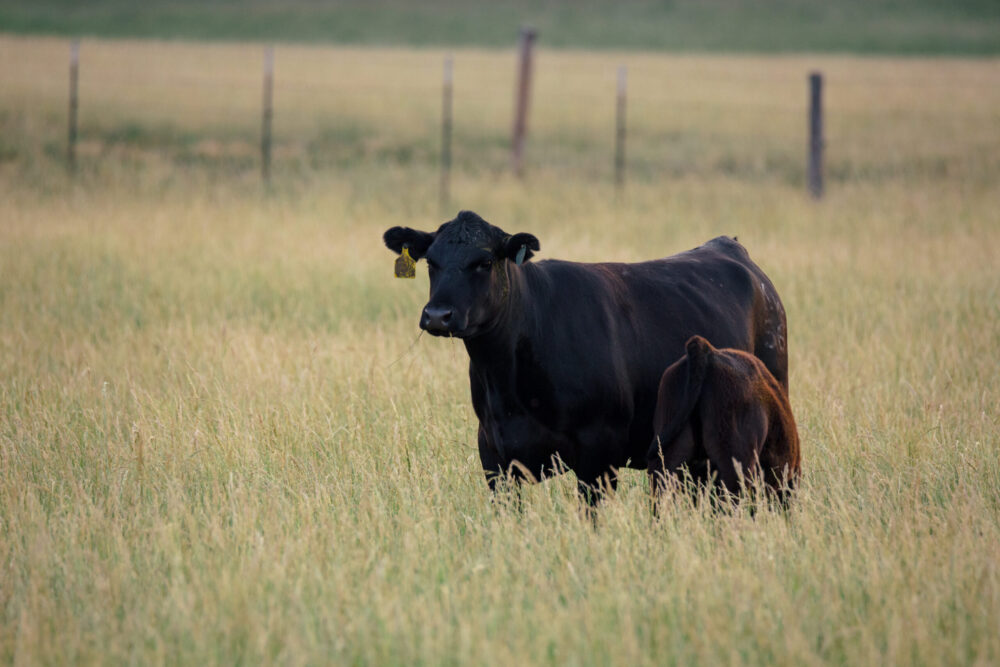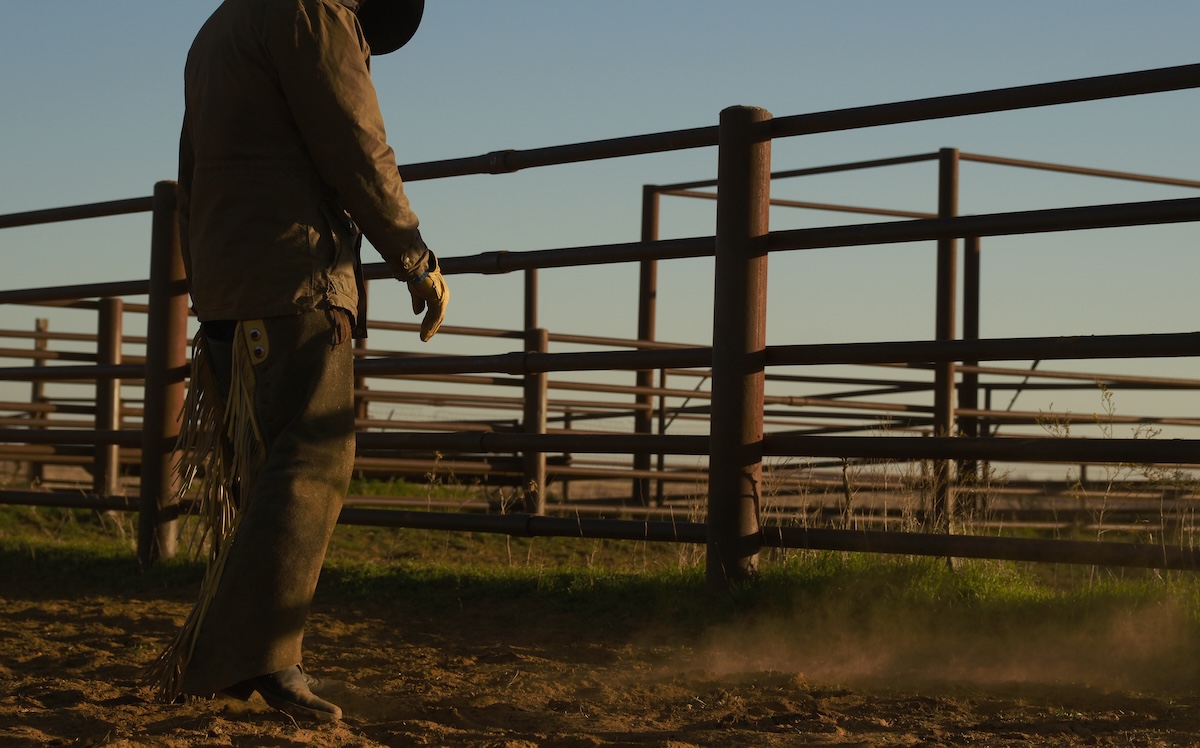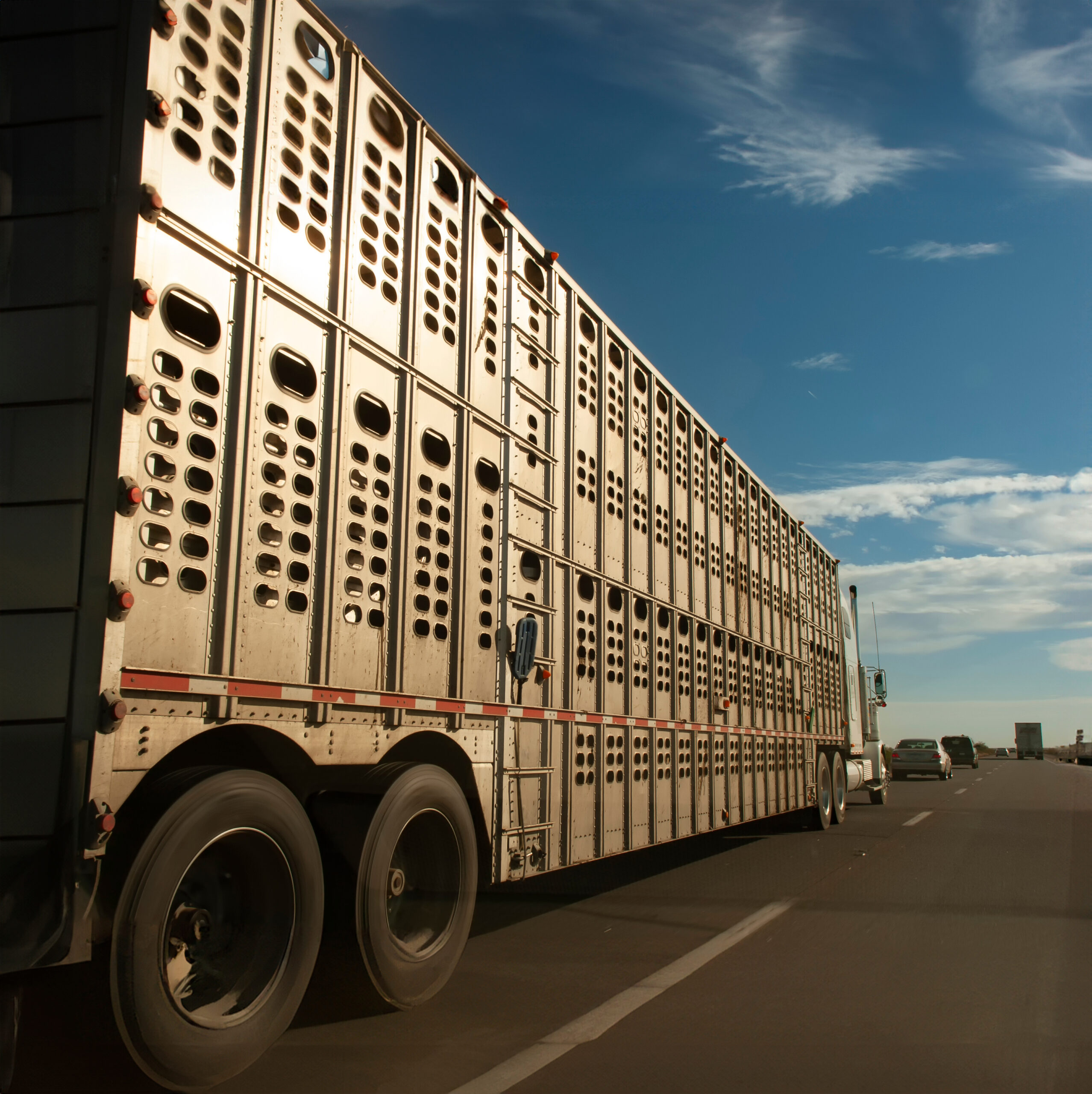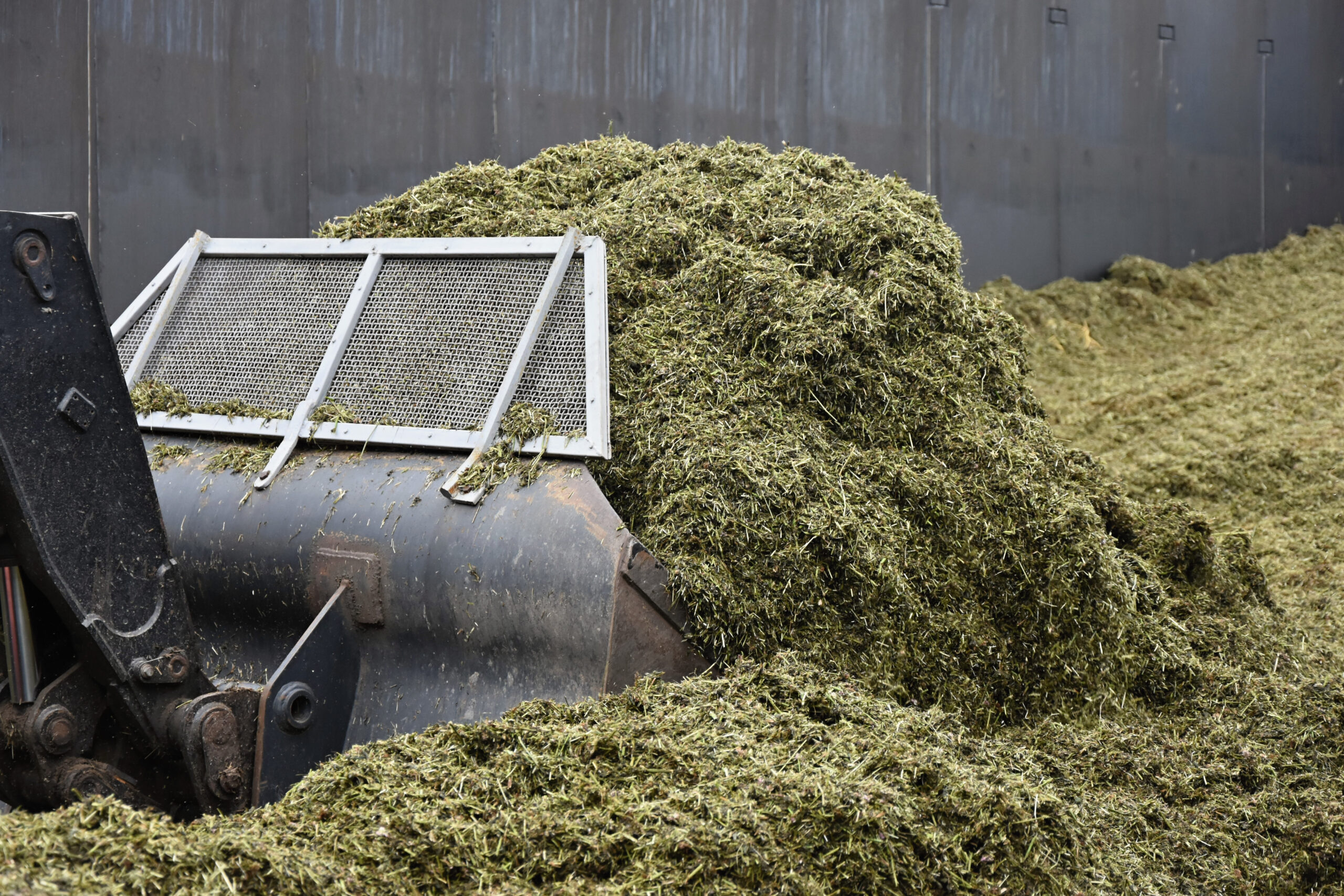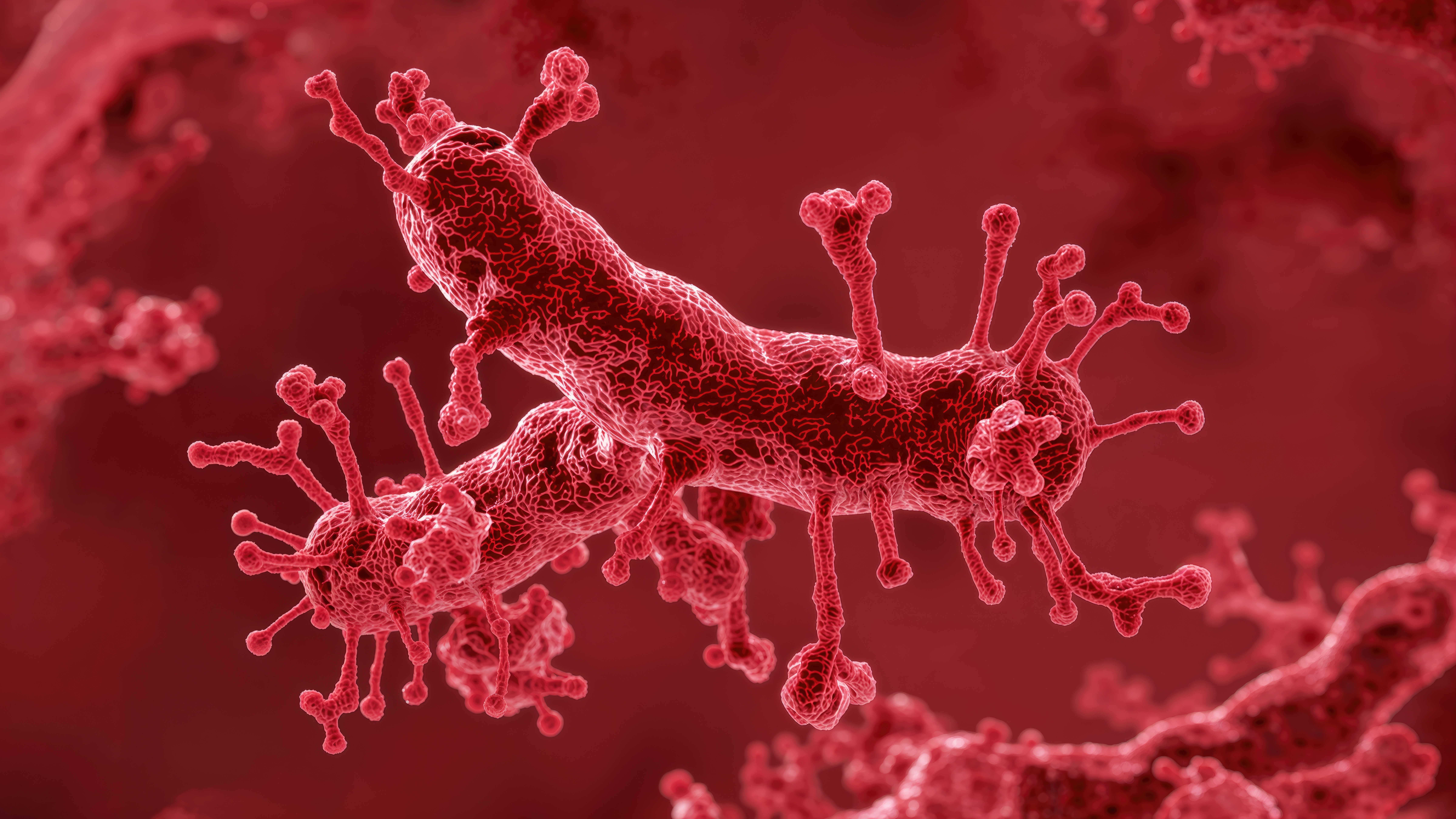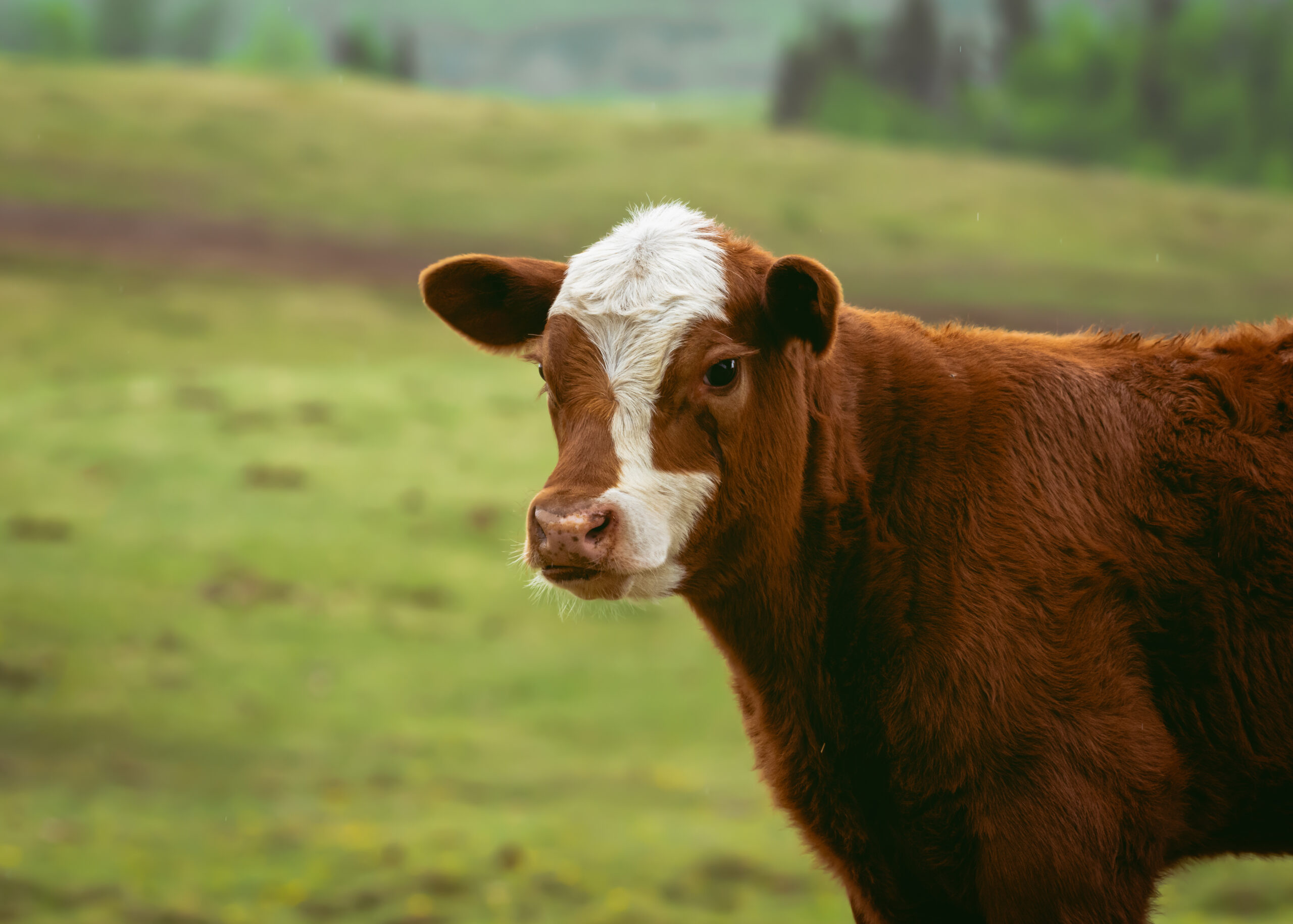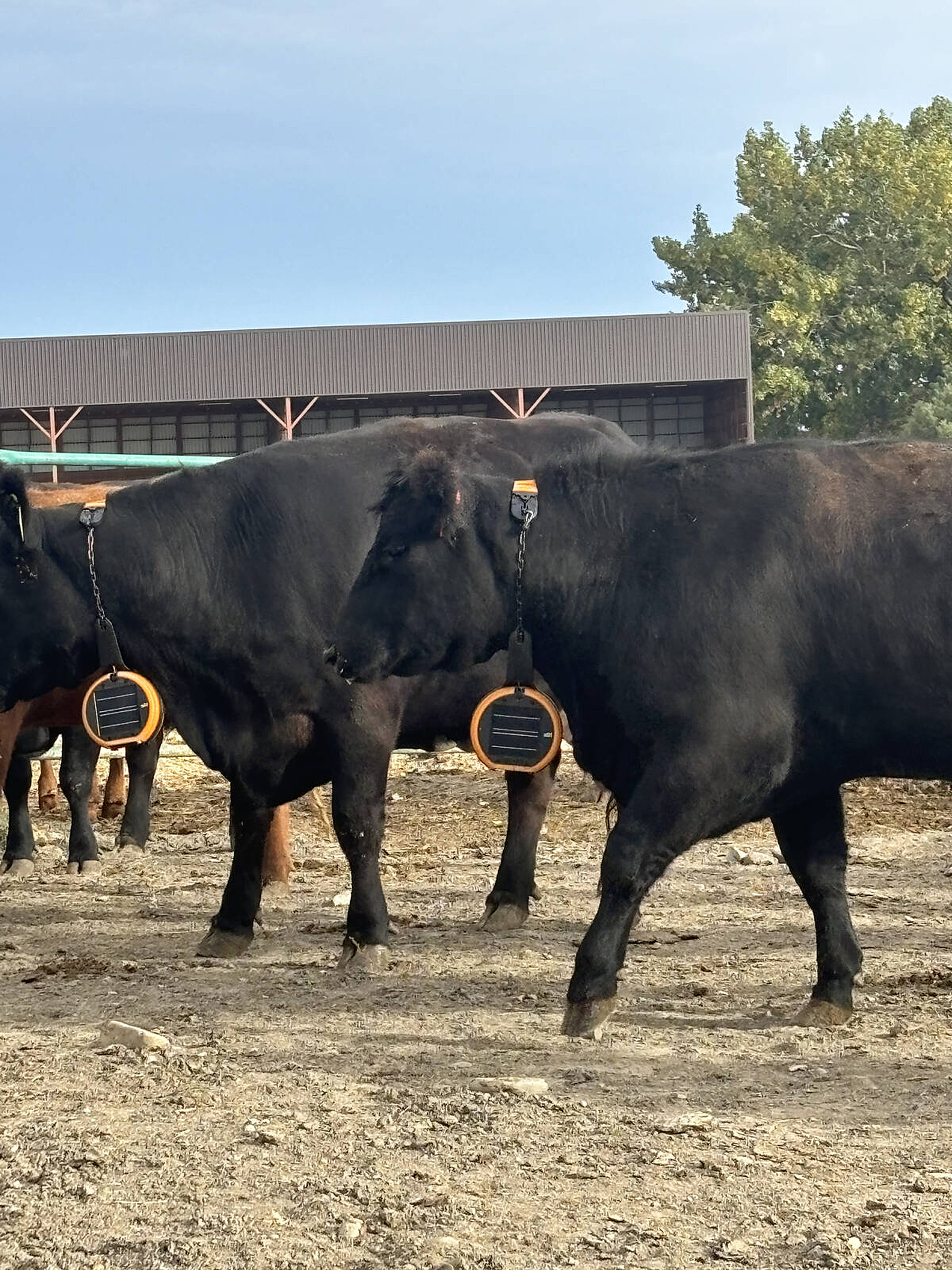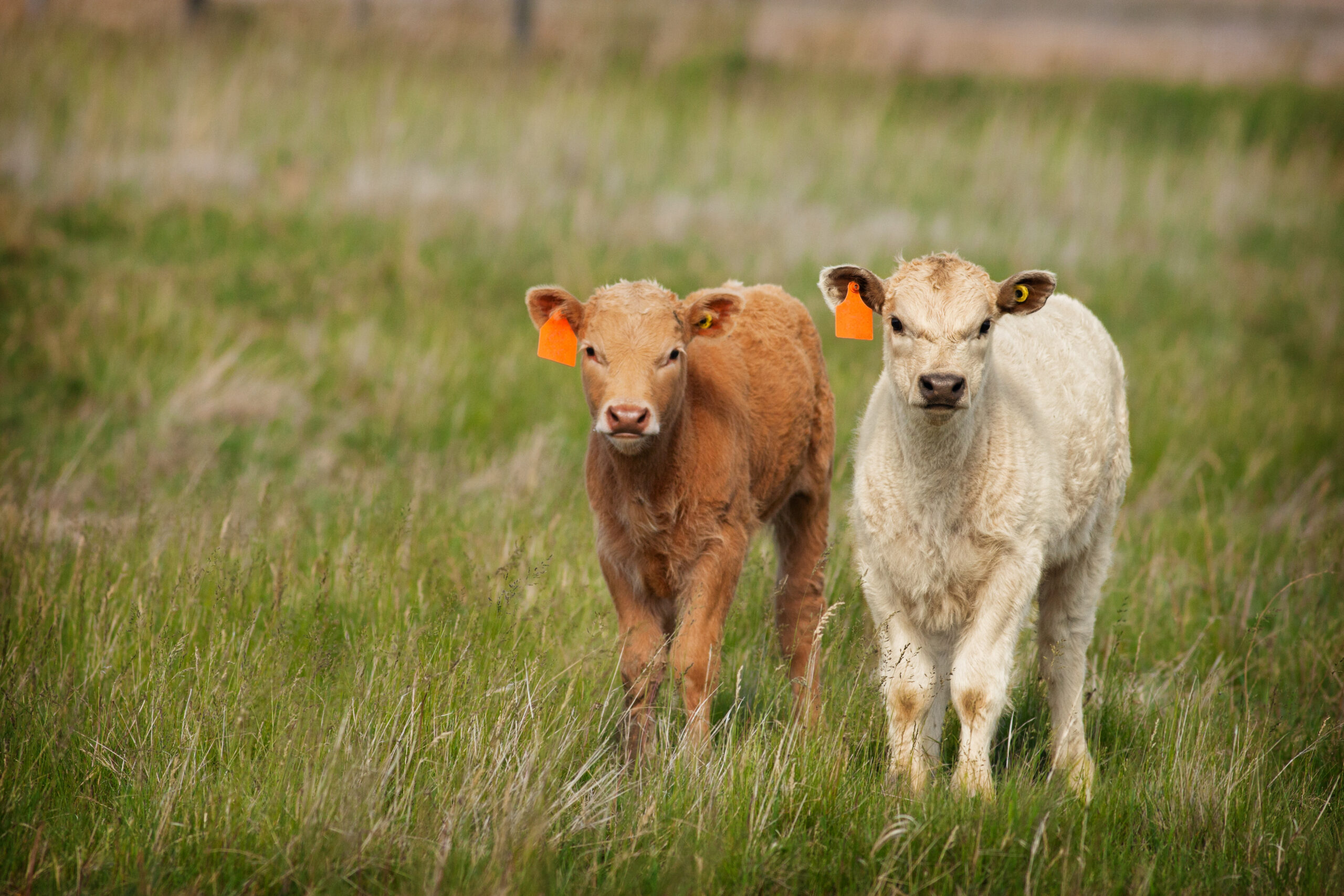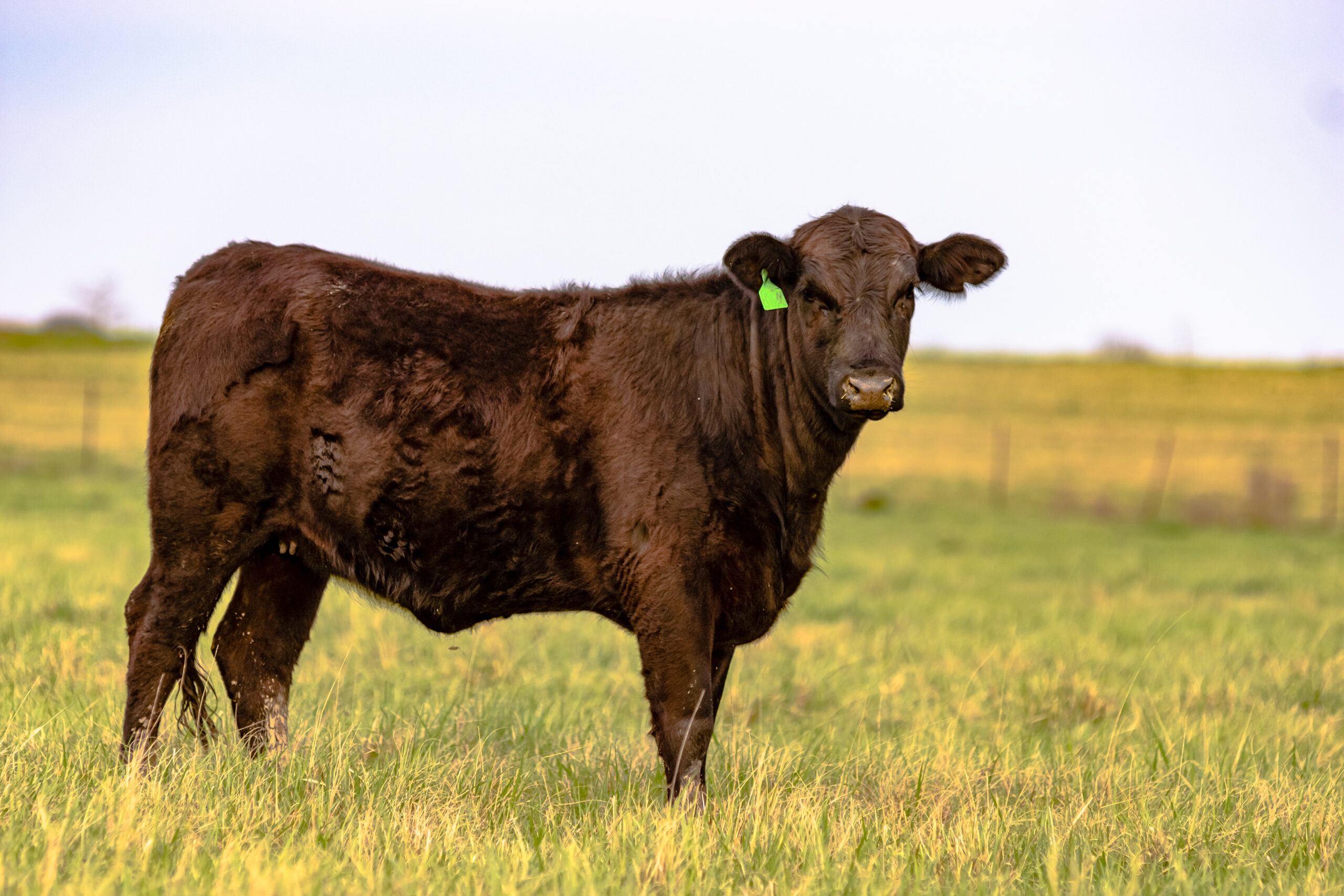AB Direct - Steers
Rail: 492.00-493.50 FOB feedlot (last week)
AB Direct - Heifers
Rail: 492.00-493.50 FOB feedlot (last week)
US Trade- Steers
Rail: 355.00-363.00 (IA, NE) last week
US Trade - Heifers
Rail: 355.00-363.00 (IA, NE) last week
Canadian Dollar
0.19
Now is the Time: Actively preventing foot and mouth disease
As Canadian beef producers, we take pride in our disease-free status and the global reputation of our livestock industry. Canada has been free of foot and mouth disease (FMD) since 1952, an achievement that has allowed us to maintain valuable export markets and consumer confidence. But this success shouldn’t breed complacency—it should motivate us to…
FerAppease for Cattle: Hype or hard data?
As beef producers seek practical tools to improve animal health, productivity, and welfare, stress mitigation has emerged as a key focus—especially during high-stress periods like weaning, transport, and feedlot processing. Among the newest strategies in stress management is FerAppease® (Fera Diagnostics and Biologicals), a maternal bovine appeasing substance (mBAS) marketed to reduce cattle stress responses….
Sweat equity or just sweat?
Many still think of farming as a lifestyle choice. Anyone can operate a tractor, right? Put seed in the ground, move cattle to a new pasture, and success appears in the fall. More and more, Canadians romanticize farming without recognizing the effort required to farm. The long hours, the lack of sleep, the never-ending to-do…
Border restrictions in place due to U.S. vesicular stomatitis outbreak
The Canadian Food Inspection Agency (CFIA) has announced temporary import restrictions on horses, swine, and ruminants — including cattle — from certain U.S. states following an outbreak of vesicular stomatitis (VS). Importation of these animals from affected states is currently suspended until further notice. Canadian-origin animals that have been in a VS-affected state within the…
Choosing the right winter-feeding strategy
Winter-feeding remains one of the biggest expenses for Canadian cow-calf operations — and how it’s managed can make a major difference in herd health, feed efficiency, and overall profitability. The Beef Cattle Research Council (BCRC) recently shared practical guidance on choosing the right winter-feeding strategy, outlining the pros and cons of common systems and emphasizing the importance…
Upcoming Webinar: Understanding bovine tuberculosis
Editor’s Note: This post has been updated to include the full bovine TB webinar video and a short survey for producers. Alberta Beef Producers (ABP) is hosting a webinar on November 17 at 7:00 p.m., with participation from the Canadian Food Inspection Agency (CFIA). The session will focus on bovine tuberculosis (bTB) and what it means…
New data sheds light on changing face of cow-calf management in Canada
A new report from the Beef Cattle Research Council (BCRC) provides a comprehensive look at management practices and performance trends across Canadian cow-calf operations. The Canadian Cow-Calf Adoption Rates and Performance Levels Report is based on multiple survey sources and academic studies. It was developed for BCRC by Canfax Research Services. It tracks adoption trends…
Cattle industry highlights from RDAR’s Impact Report
The RDAR 2025 Impact Report highlights how producer-led research is advancing Alberta’s agriculture industry — including major gains for the beef cattle sector. Here are five takeaways for cattle producers. 1. Genomics are reshaping Alberta beef. More than 12,000 cattle from 54 herds have been genotyped through RDAR-funded research led by Dr. John Basarab at…
RDAR expands grazing program to include virtual fencing
RDAR has expanded its OFCAF rotational grazing program to include virtual fencing — a GPS-based technology helping Alberta producers manage pastures, save labour, and improve sustainability with up to $75,000 in funding support. The new funding stream is designed to help cattle producers adopt “invisible fence” systems that use GPS-enabled collars and base stations to…
FerAppease: 4 Things to Know
As stress management becomes a bigger focus in beef production, new tools like FerAppease® are getting attention. The product—developed by Fera Diagnostics & Biologicals—claims to mimic calming pheromones that help cattle handle stressful events like weaning or transport. But does the data support the claims? Here are four things to know: 1. It’s based on natural “appeasing”…
Report highlights value of building “reputation cattle”
A new Cow / Calf Cost of Production (COP) Network report, Build, Brand and Market Your Calf Crop: A Path to Reputation Cattle, shows that investing in quality and consistency continues to pay off for Alberta cow-calf producers—especially when markets tighten. The report found that when calf prices were high, revenue differences between top and lower-performing herds were…
Replacement heifers: COP Network crunches the numbers
Managing replacement heifers is always a challenge — but today’s record-high cattle prices make the decision even more complicated. Cow-calf producers are weighing whether to retain calves for herd development or capture a premium by selling them. Either way, opportunity costs play a major role. Rather than offering advice one way or the other, the…


